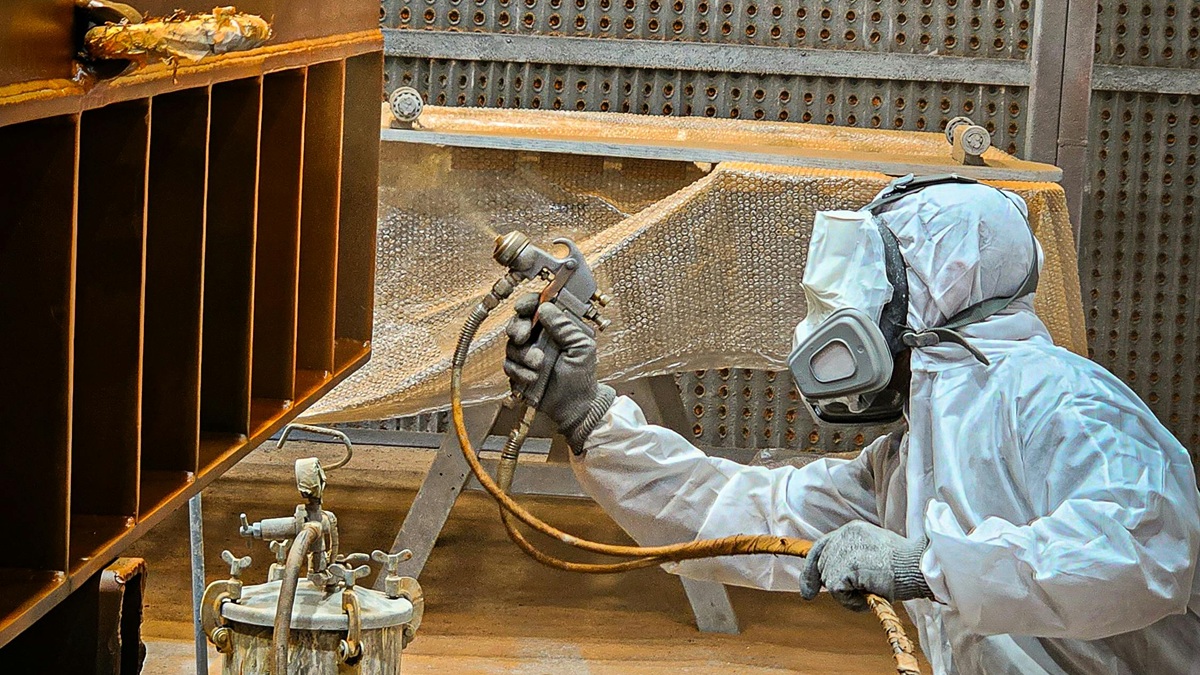Through modularization, a series of universal functional modules are designed, and these modules are selected and combined according to requirements to form products with different performances and specifications.
What is a Mod?
A module is a specific functional component composed of several basic functional components, and modules usually have the same process or logic. The basic functional components are various sensors, and the specific functional components are like power modules.
Features of the mod:
- Relative independence.
- Interchangeability: Standardized interfaces are easily interchangeable.
- Generality
What is Modular Design?
In software design, one way to reduce complexity is a modular design. The so-called module design is to disassemble the huge program into different modules, these modules are independent of each other, and then when the software is to be executed, the required modules are combined. What each developer must face is not the complexity of the entire system, but the complexity of only facing a single module.
Modular design can analyze the function of products with the same or different functions, performance, and specifications, and design a series of functional modules. The product can be customized through various choices of modules, which can meet many different needs of the market.
The purpose is to subdivide a system into many small units, called modules or blocks, which can be built and used independently of different systems. Modular design is characterized by dividing functions into abstract, extensible, and reusable modules. Modules must strictly use well-defined modular interfaces and use industry standards as interface specifications. In this case, modularity is implemented at the component level and has a single, fixed, and special component slot. This modular system composed of component units is usually referred to as a platform system using modular components. This design method is suitable for today's software development with highly similar functions and is highly customized.
Modular concept:
A mod is a part of something. A thing is modular if it can be divided into parts, or can be easily broken down into different parts. Disassembling the program into subroutines is modular programming.
Modular Purpose and Advantages:
Purpose of Modular:
After breaking down a big problem into several small problems, solve the whole big problem by solving these small problems one by one. And this problem-solving method can be applied recursively to solve each small problem by solving smaller problems. Once the problem has been broken down to the point where it cannot be broken down any further, the problem is solved. The answers to each small problem solved are combined into an answer to a big problem through a synthetic procedure, thus solving the big problem.
Advantage of Modular:
- Divide a large program into several small programs, which can be carried out by multiple people. Can improve the efficiency of programming.
- Program fragments with the same function only need to be written once, saving time and effort, and saving memory space.
- It can shorten the length of the program, simplify the logic of the program, and help improve the readability of the program.
- The modular design is adopted, and the program units of different functions are independent, which makes the program easier to debug and maintain.
Principles to Consider when Building the Module:
- Abstraction of modules: How to do abstraction depends on the design method. The programmatic design method is carried out according to the abstraction of functions. From the perspective of abstraction, the required requirements are drawn. At design time, even if you are not sure how to implement it, you can first decide on the abstract representation of the function. For the object-oriented design method, the abstraction is based on the point of view of the object.
- Information hiding: Do not let the outside world of the module touch the information that they do not need to touch, and do not let them know what they do not need to know.
- Independence: The module itself needs to be an independent unit, capable of performing specific tasks by itself, has a simple interface to communicate with the outside world and does not have too many complex relationships with other modules. From the principle of building modules, it can be understood why modules with high cohesion and low coupling are good modules.
Modular Product Design:
Since it is possible to create reusable design modules and define the connection and combination of modules, it is possible to quickly produce products with more diverse styles without greatly increasing the cost or complexity. Resolve any issues early in the product development cycle and collaborate more efficiently with colleagues, customers, and suppliers. These capabilities allow you to deliver better quality, more customized products faster, thereby increasing customer loyalty and market share.
With the shortened life cycle of many products today, companies must adopt a more flexible and flexible business model to respond to rapid changes in market demand. The production mode of manufacturing manufacturers has also changed from the original large-scale standardized production mode to reduce costs to a small and diverse production mode that provides customized services. The modular design of the production process increases the complexity of the process and production line layout, and the modular industrial computer can meet the deployment needs of the industry.
Modular industrial computers can be modified to meet different application needs. In terms of production line adjustment, the operator does not need to stop construction, which can avoid production stoppage losses. In terms of follow-up maintenance, the operator only needs to replace the damaged modules, and the normal parts can still be used. In terms of material inventory, only a small amount needs to be stored in module components.
Under the pressure of a new wave of production changes, deconstructing the traditional linear production process and realizing the flexible, flexible, customized, and personalized production services of Industry 4.0 are the core competitiveness of enterprises to stand out in this wave of revolution. Whether it is a system integrator of an industry or a service provider, this modular industrial computer can be assembled and deployed quickly and flexibly, making the production line full of flexible adjustment space, and then modularized production. The process to provide customized services centered on customer needs. In addition to focusing on the integration of production processes, we can focus more on the improvement of product quality and competitiveness, and implement the blueprint for Industry 4.0.
The Trend of Data Centers Towards Modularization:
IT technology is changing with each passing day, which not only greatly reduces the burden of IT managers, but also greatly helps enterprises to improve business flexibility. The power and cooling demands of these emerging technology applications often overwhelm the company's legacy data centers. The capacity and density of data centers have increased, and energy efficiency has begun to receive attention. Coupled with the rise of virtualization and cloud technology, ultra-large service providers have designed their computer rooms, making data centers differ in terms of design thinking and hardware planning thinking.
The modular architecture data center is designed to respond to the evolution of IT technology changes. Through the design of components and modules, it can easily be expanded with the concept of replication as needed. In addition to the short procurement cycle, a more suitable environment can be created in response to changes in IT technology.
- From components to data center levels, improve traditional problems and improve energy efficiency -
The modular architecture is one of the evolutions of data centers in response to changes in IT technology. This development did not happen overnight. It took shape from the planning of the hot and cold aisles and now has its current design. On the other hand, IT infrastructure has adopted standardized and modular designs to become an organism that can dynamically adjust and expand with changes in servers and storage.
- Proper planning and construction stage development performance of medium and large data centers -
Not all enterprises are suitable for the deployment model of the modular data center. If the scale of the data center is not large. And the proportion of electricity consumed by the data center is small compared to the total electricity consumption of the enterprise, then building a modular data center will not show benefits, but may increase costs.
- A single module integrates a complete facility with four-level modules for every need -
At present, there is another modular design of facilities in the market, which is to integrate the power system, cooling, air conditioning, and monitoring and management system to form a module, which is called a modular data center. In the early days, the all-in-one container room was like this. The server, UPS, air conditioning equipment, fire protection facilities, and management system were carried in one module, which can be regarded as a small data center.
- Prefabricated modular data center deployment rules based on association -
Combining building automation and security, power monitoring and control, key electronics, and cooling system services, Schneider Electric has its unique insights into modular data centers and puts forward the arguments of facility modularization, subsystem modularization, and module association. Also, consider the relationship between the various subsystem modules as an important factor.
- The overall design needs to define the limit, and communicate with the module copy certification first -
Since the data center spans many different professional fields, including construction, electromechanical, cooling and air conditioning, fire protection, etc. Even modular architecture should emphasize the overall design.













.jpg)
.jpg)